Understanding Furniture Finance Options for Businesses
Understanding Furniture Finance Options for Businesses Business owners in South Africa know how exp...
Office Stock Office Furniture will beat any written quote on identical products.






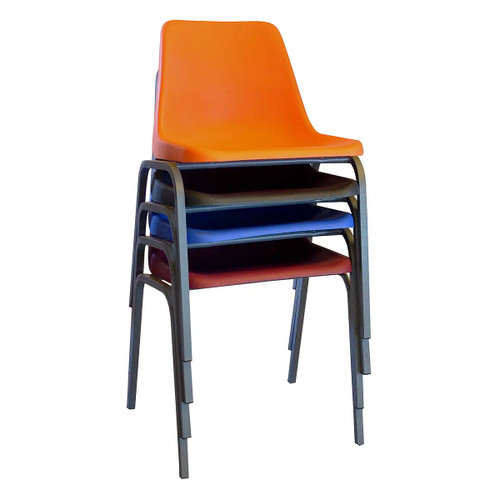
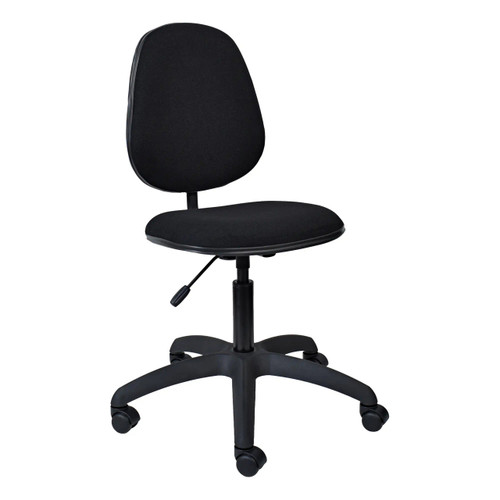


















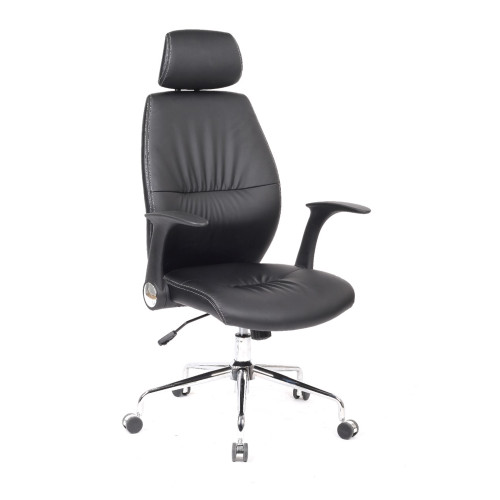




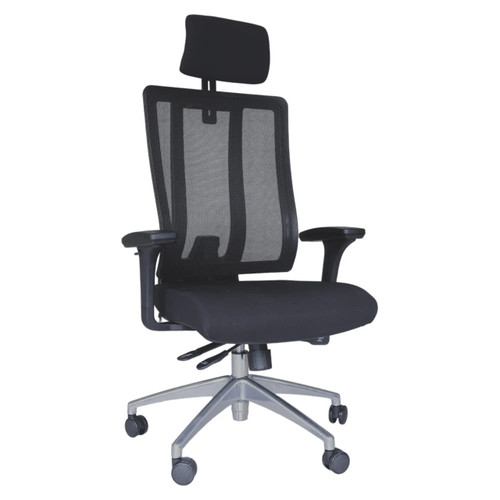





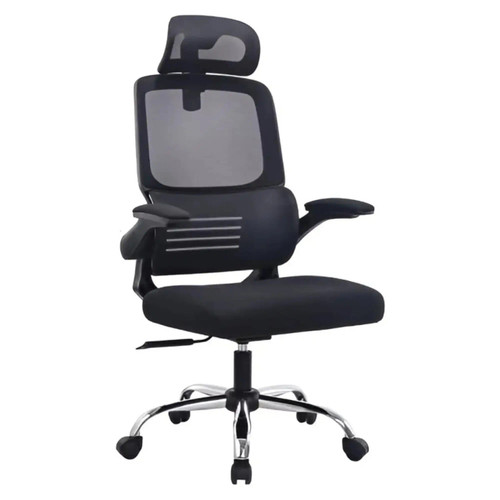
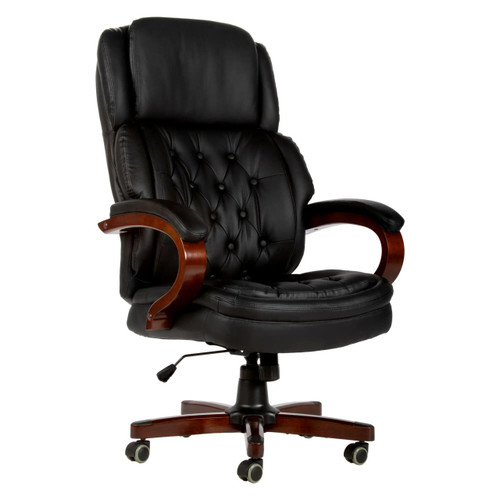
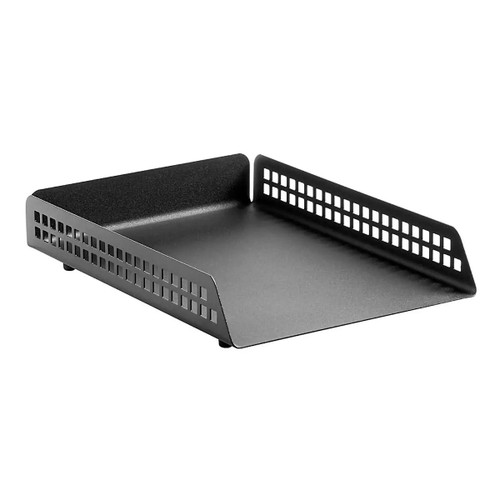
Understanding Furniture Finance Options for Businesses Business owners in South Africa know how exp...
7 Essential Furniture Solutions for Small Offices Small offices often feel cramped and limiting. Ye...
Understanding Long Lasting Office Furniture for Businesses Long lasting office furniture is more th...
Understanding Custom Office Furniture Considerations Custom office furniture is climbing fast in po...
Understanding Tasks Chairs vs Executive Chairs for Business Office furniture might look similar at...
Understanding Sustainable Office Furniture: Benefits and Impact Sustainable office furniture is cha...
Understanding Custom Furniture Solutions for Your Business Custom furniture has quietly changed the...
Understanding the Office Chair Buying Guide for Every Business Choosing an office chair might seem...